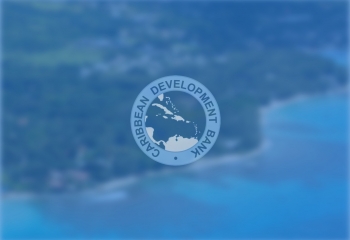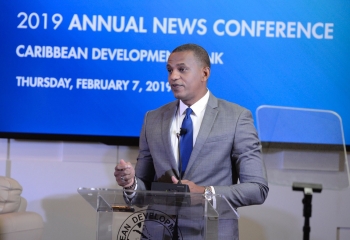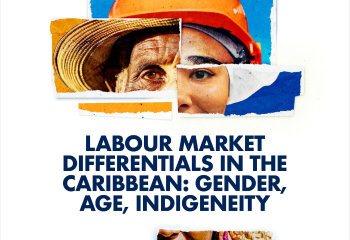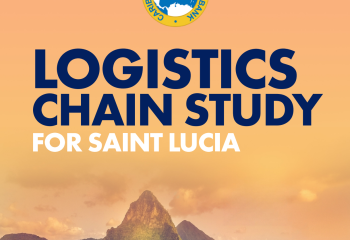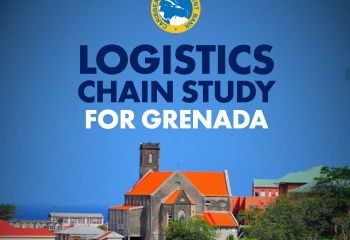Innovative Financing for Recovery and Sustainable Development
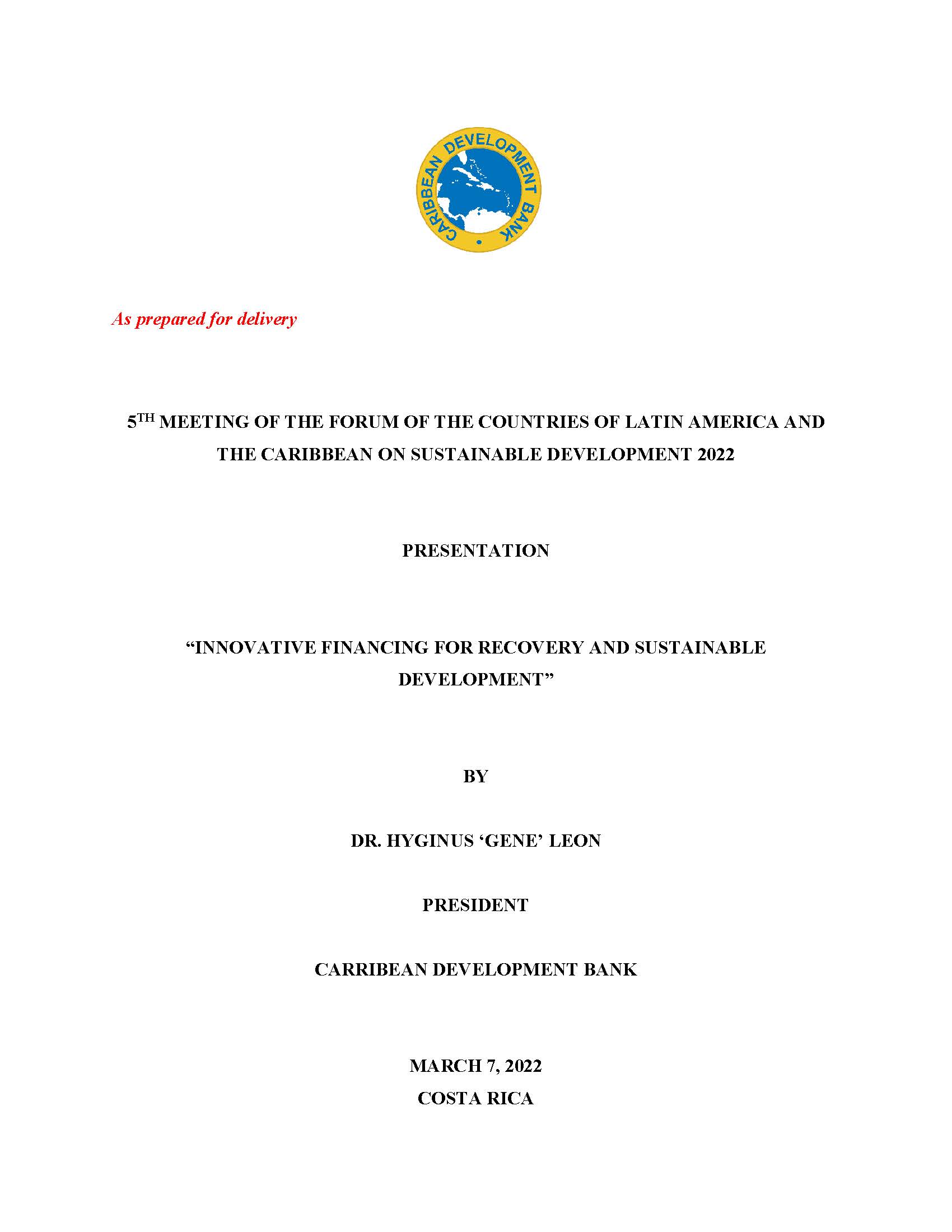
Good afternoon Minister, Executive Secretary, delegations attending and online, it is a pleasure to participate and share the views of the Caribbean Development Bank (CDB) on Innovative Financing for Recovery and Development in this distinguished panel. I want to utilise the time to make a few important points relating to:
- sustainable development;
- the financing arrangements that are needed to propel our development and
- the urgent need for a vulnerability and resilience framework that can support access to concessional financing for our countries.
What is our objective? Sustainable development is about improving the quality of the lives and capabilities of our peoples through building a resilient ecosystem that encompasses all dimensions of resilience (social, institutional, productive capacity, environmental, and financial resilience). The structural deficiencies of our Region are reflected in inadequate resilience building, and we cannot afford to advance in a partial way that distorts the circular motion and dynamics of our ecosystem. This only leads to uneven or unsustainable progress. Simply put, if you create a system as a sphere and you bump out one part, you distort the definition and alter how the sphere can move. It is therefore important that we design holistically but execute in a temporally coherent way, to preserve the definition of the holistic circle over time and optimise on inherent dynamics. In fact, we heard this morning about the necessity of advancing in all areas of resilience.
This holistic view is best captured through integrating the debt sustainability framework of the International Monetary Fund, the investment-growth framework of the World Bank, and the resilience-building framework of the United Nations to provide the much-needed bridge between stabilisation and long-term development. Access to finance will be critical to underpin this integrated framework.
Consequently, we cannot achieve systemic sustainability without financing resilience. Financing resilience in turn requires a financing ecosystem that can provide adequate and affordable finance to meet our enormous development needs.
Ultimately, we would need a multi-sourced, multi-instrument framework that embeds appropriate governance and regulatory frameworks to develop a strong market with full investor confidence. Establishing such a financing facility will require accessing funds from public and private sectors and from multiple financial institutions to allow blending of concessional and non-concessional funds, and engineering instruments to meet different purposes while being coherent over time.
Focusing on financing, it is essential that we distinguish among financing for rescue, recovery, and long-term repositioning. All financing instruments are not created equal. We need a suite of instruments that can be combined coherently to manage different needs, while providing appropriate governance safeguards. In addition to own-generated funds from strong macroeconomic policies, categories in this suite of financing instruments would include:
- Bonds- Sustainable Development Goals themed, Special Drawing Rights (SDRs)-funded Resilience bonds (picking up on channeling of SDRs to Multi-Lateral Development Banks for a defined purpose);
- Private Equity – integrating regional stock exchanges, asset managers, pension, and insurance institutions;
- Contingent debt -- insurance, Catastrophe bonds, Gross Domestic Product (GDP) -indexed bonds, Reform-incentivising bonds;
- Derivative-based instruments (like the Belize debt swap); and
- Concessional - donors, International Financial Institutions specialty-themed funding institutions, such as the Global Climate Fund and the Adaptation Fund and Philanthropists.
While I cannot address all these financing options today, let me focus on access to concessional finance. The characterisation of our development financing need is clearly not aligned with the existing framework to access concessional finance. As we know, the Gross National Income (GNI) does not capture the process of development — worse, it does not map well to the financing needs for development.
Indeed, finance eligibility criteria and systems are often not suited to the unique challenges and constraints of small states. Given our vulnerabilities, it remains a fact that even when small states have achieved high levels of GNI per capita, and graduated from access to concessional finance, they still face significant challenges following exogenous shocks — in particular natural hazard events! These challenges amplify high debt levels, structural weaknesses, and limited implementation capacity.
And even when modifications to the access to finance framework have been tried, the existing vulnerability framework has not garnered consensus and still has many deficiencies. As Deputy Secretary General, Ms. Amina Mohammed mentioned, CDB has been using a vulnerability index, and the Multi-dimensional Vulnerability Index being proposed, which CDB has also been contributing to, will not overcome the shortcomings faced by Small Island Developing States. In particular, existing vulnerability indices are backward-looking in calibration and unable to incorporate the evolution of vulnerability and forward-looking dynamics of the economies.
We propose that the relevant metric that should underpin access to concessional finance is the forward-looking concept of internal resilience capacity (IRC). This metric captures, as initial conditions, the structural and vulnerability factors that regularly constrain growth and development, distinguishes the magnitude, impact, and persistence of a shock event, and links these with access to finance to determine the duration to recovery after a shock event. To illustrate, let us compare the cases of Dominica in the Caribbean and Florida, United States (US) that are susceptible to the same climate vulnerability. But after the event occurs, the magnitude of impact from a Category Five hurricane differs significantly for the country Dominica than Florida which is one state in the US. With a more deficient infrastructure, limited access to finance, lower levels of capital efficiencies, and limited institutional capacity, the duration of recovery for Dominica will be significantly longer than for Florida, which can count on resources from Federal Government in the US. We do know that it takes our countries in the region on average three to four times longer to recover than other developing countries.
We illustrate this important distinction by comparing IRC for a developed and a developing country. The developing country, because of its peculiar vulnerabilities, state of development, and limited capacity, faces the reality of a much longer recovery time from a shock than its developed country counterpart.
A key implication of the IRC is that the pre-event GNI is an inadequate metric for determining access to concessional finance in the context of shocks that decimate capital and output and in which overall resilience is low. For example, can we argue that if Dominica had an $8000 per capita before a hurricane that does 200 percent GDP damage from a hurricane (Maria), that the per capita income that should be used to determine access to concessional finance should remain as $8000, even if the country will need 7 to 10 years to recover to the $8000 per capita income? This measure should clearly not apply after the shock event and surely not for the duration period through recovery, given its overestimation bias. We propose instead an internal resilience capacity-adjusted GNI measure – the Recovery Duration Adjuster - that adjusts the GNI on the basis of duration to recovery, which we believe is a more appropriate and equitable measure for use in classifying countries for access to concessional finance.
Further, the potential uncertainty of duration can be captured through state contingent and repricing instruments that can incentivise implementation efforts to minimise the duration to recovery. This has the potential to not only increase access to concessional finance but also to crowd in affordable private sector funding.
